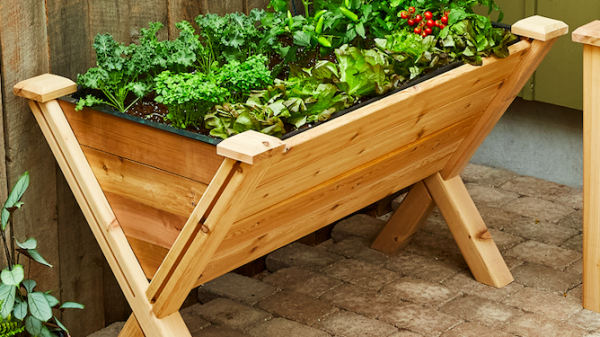The internet is currently flooded with tips on how to work successfully and productively from home. Suggestions range from the obvious (minimizing distractions) to the terrible (watching TV), but which ones actually work?
As someone who’s been working from home for more than two years, I’ve seen and tried a lot of bogus advice. Much of it was misguided, and if the tips you’ve been trying aren’t working for you, there’s probably a good reason for that too.
Below, I’ve outlined five #WFH tips that actually work, and five that do not (and why).

Photo: Unsplash
This Works: Creating A Consistent Routine
Creating a routine is the very thing that will help establish and define reality from the all too familiar, ‘I don’t even know what day it is‘. Starting each day with a simple and consistent routine will set the tone for your workday and provide some certainty.
For example: waking up at 8:00 a.m. to have breakfast and coffee, followed by two to three hours of uninterrupted work and then a walk with the dog.
It should also be noted that on average, it takes 66 days or two months for a habit to become automatic. Consistency in your routine (whether at home or at the office) is key to success.
This Doesn’t Work: Wearing ‘Office’ Clothes
You’ll feel more productive when you change out of your pyjamas in the morning, but it’s not necessary to get dressed exactly as you would for the office to perform well from home. Putting on dress pants or a tailored suit will only serve as a discomfort when you could be getting quality work done in something more comfortable.
This Works: Getting Dressed
While it’s not mandatory to throw on your Gucci belt, you’ll feel more productive by changing into something comfortable and presentable. Whether it be a crisp collared shirt with leggings or glam-jammas, find what suits you and your workflow.
This Doesn’t Work: Buying New Office Tools
Similar to how you don’t need a new dress to work effectively, you don’t need a standing desk or office chair to be productive. Make use of the furniture you already have at home, but please – do not work in bed. Your bed should be reserved for sleeping, on expert recommendation.
This Doesn’t Work: Using A Planner
I know what you’re thinking: Why wouldn’t a planner work? It keeps everything perfectly organized for you!
Hear me out: It can do that, but there are much better and cost-effective ways of keeping organized. Most of us buy a planner with the intent of organizing our lives, but realistically, we end up using it once or twice and quickly resign it to its fate as a paperweight.
If you’ve ever purchased a planner, you know what I’m talking about. When it comes to saving a bit of money and utilizing tools you already have at your disposal, the Outlook or Mac calendar on your device can be used to schedule important meetings that prompt you with reminders, unlike a planner.
This Works: Prioritizing By Making A Simple List
Where planners can overwhelm you, prioritized lists can help simplify your workday. Make them with pen and paper, or in the notepad on your desktop.
Organizing tasks by highest priority to least is (in my humble opinion) the best way to help you stay on top of your work. I make a list at the end of each day in anticipation of the next’s workload. This way, you always make it a point to complete the most important and pressing tasks first.

Photo: Unsplash
This Doesn’t Work: Scheduling Breaks
Breaks are important to take, but scheduling them can be counterproductive. If you have a break scheduled when you’re on a roll with a task, it could be counterproductive to intentionally pause it.
Alternatively, if you really need a break when you don’t have one scheduled, you’re subject to burnout. So, try taking breaks intuitively and follow a schedule based on priorities rather than timing (with the exception of scheduled meetings).
This Works: Going for a Walk
Fresh air and exercise benefit our mental health, so when it makes sense, take a quick break to go on a walk in your neighbourhood. This might sound counterintuitive if you’re swamped with work, but it pays off and doubles your productivity.
Going on a walk also serves as a great time to catch up with a friend or take a phone call. When you return from your walk, you’ll be able to approach your work again with fresh eyes and a clear mind.
This Doesn’t Work: Creating A Separate Workspace
Many people, particularly city dwellers, do not have an entire room to dedicate to work (as nice as that would be). The right workspace for you is the space you’re most comfortable doing work in. Period.
This Works: Pick Something To Look Forward To
While working from home during a time of high uncertainty, the days can blend and blur together. It’s not hard to feel unmotivated or depressed by the circumstances, and for this reason, I pick one exciting thing to look forward to each workday.
You did choose your line of work for a reason, didn’t you? Surely there’s something about it you enjoy! Whatever that may be for you, pick one task that involves it and reposition your list. This small change makes a mighty difference in perspective.










You must be logged in to post a comment Login